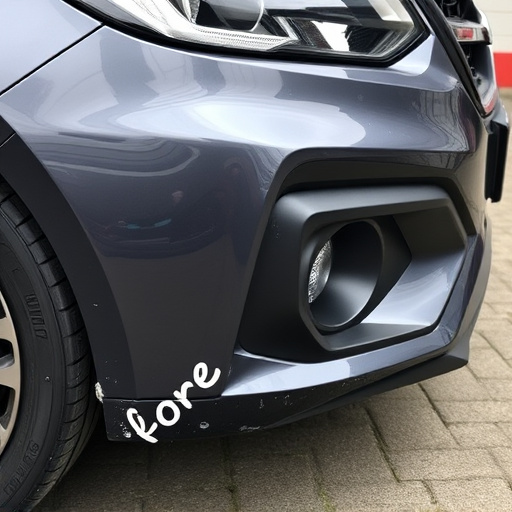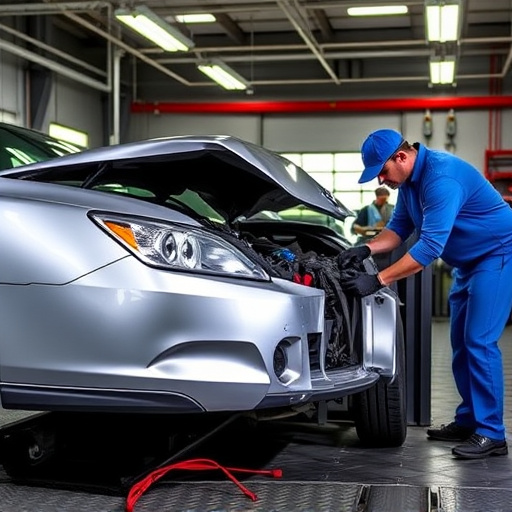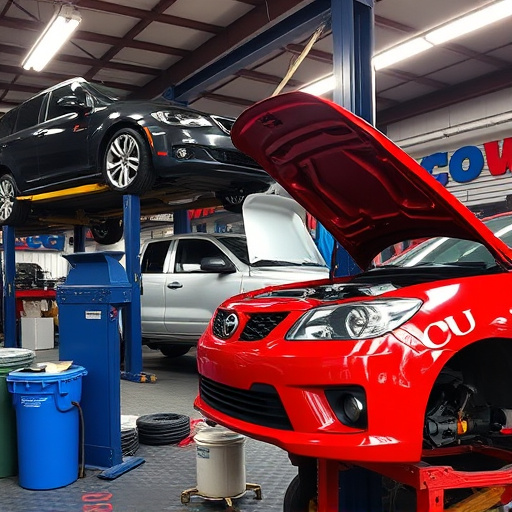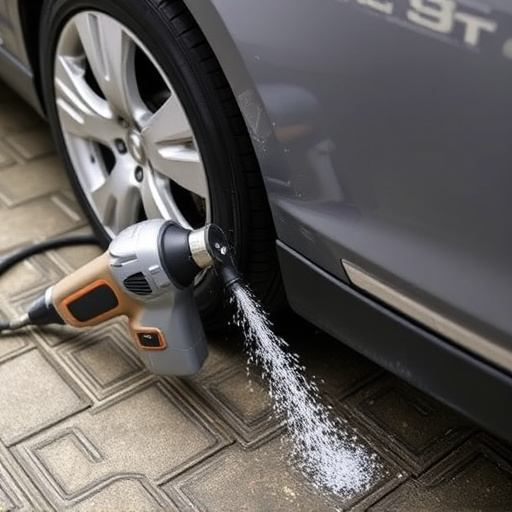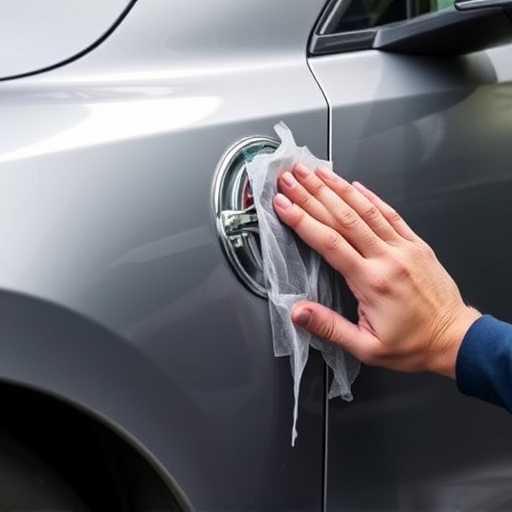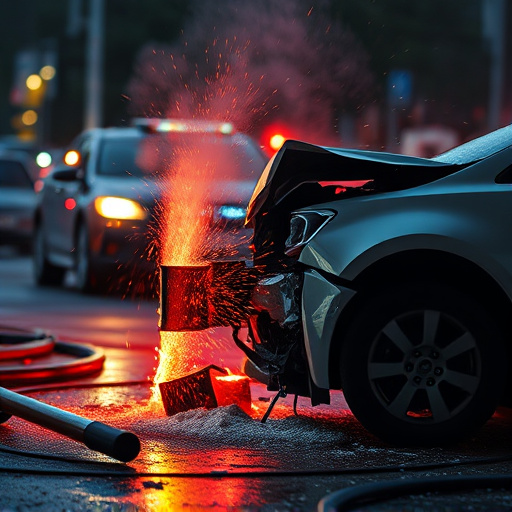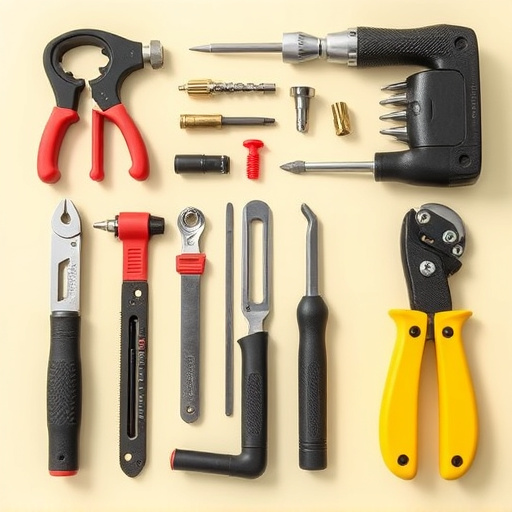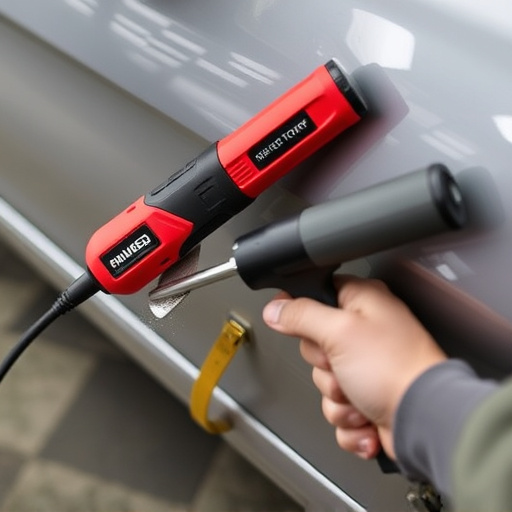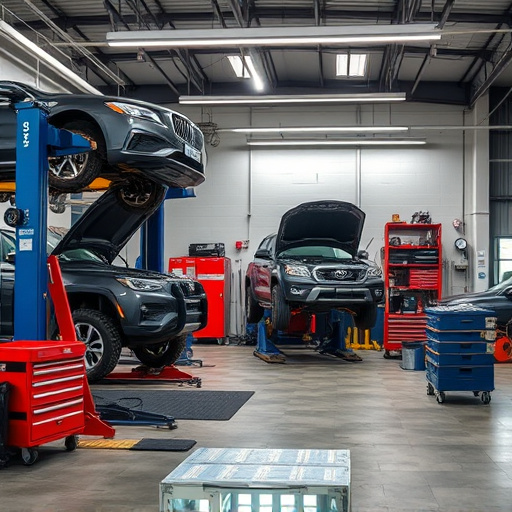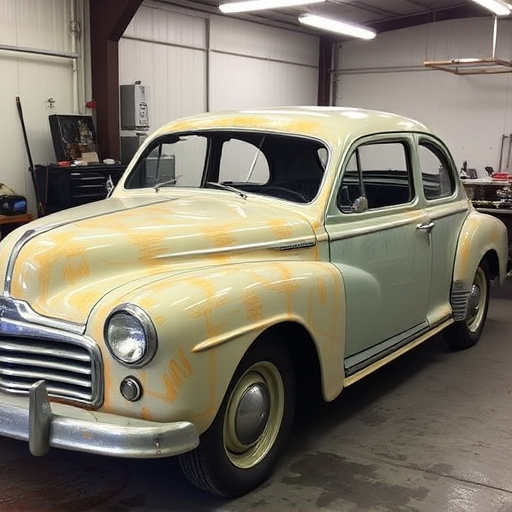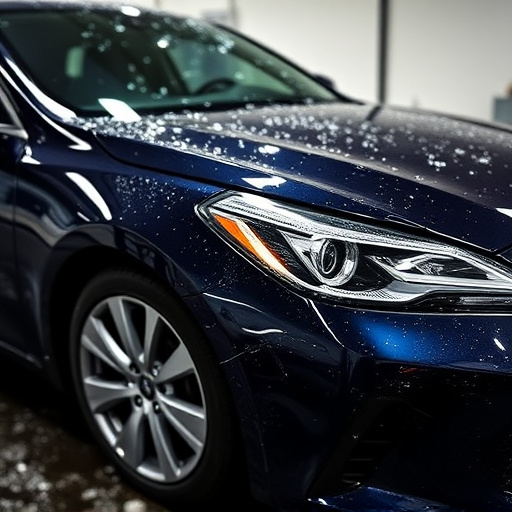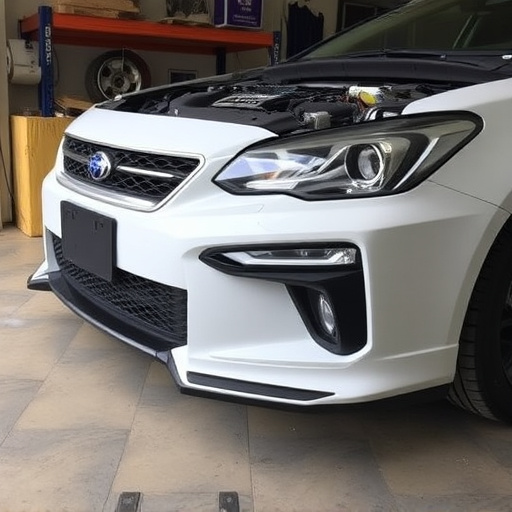The base coat application is a critical step in auto body services, ensuring durability and aesthetics through precise preparation and coating of various substrates. Safety protocols, including protective gear and ventilation, are essential for technicians to prevent accidents and maintain air quality. Mastery of this process, involving surface prep and optimal application techniques, delivers high-quality finishes for diverse automotive needs, from collision repairs to Mercedes Benz services.
“In the realm of coatings, a base coat serves as a crucial foundation. This article delves into the art and science of base coat application, focusing on safety and quality control measures. We explore fundamental basics, from understanding the role of base coats to implementing key precautions for optimal results.
Learn how to ensure adhesion, durability, and safe practices in this comprehensive guide, ultimately achieving superior coating outcomes.”
- Understanding Base Coat Application Basics
- Safety Precautions for Quality Control
- Ensuring Optimal Adhesion and Durability
Understanding Base Coat Application Basics

The base coat application is a critical step in various auto body services and vehicle collision repairs. It’s the initial layer of paint that provides a smooth, even surface for subsequent coats, ensuring long-lasting durability and aesthetics. Understanding this process involves grasping key aspects like preparation of the substrate, selection of appropriate base coat products suited to the material being painted—be it metal, plastic, or composite—and the application technique itself. A skilled technician must ensure the surface is clean, dry, and free from contaminants to achieve optimal adhesion.
Proper base coat application not only enhances the final finish but also serves as a protective layer against corrosion in the case of auto body services involving vehicle repair. This involves precise spraying techniques to avoid runs, drips, or uneven coverage, common issues that can compromise both quality and safety. In the context of tire services, where wheels are often painted alongside vehicle collision repair, meticulous base coat application ensures not only a visually appealing outcome but also safeguards against environmental factors that could damage the paint job over time.
Safety Precautions for Quality Control

When conducting quality control for base coat application, safety should always be a top priority. In any collision repair center or body shop services, professionals must wear appropriate protective gear, including gloves, safety goggles, and respirators to prevent exposure to harmful chemicals and ensure minimal risk during the process. Adequate ventilation is also crucial; ensuring that work areas are well-ventilated helps to dissipate volatile organic compounds (VOCs) and maintain optimal air quality.
Moreover, strict adherence to safety protocols is vital to avoid accidents and contamination. This includes proper handling and storage of base coat materials, regular cleaning of tools and equipment, and adherence to manufacturer guidelines for product use and disposal. By prioritizing these safety precautions, auto repair near me professionals can guarantee consistent quality in their base coat applications, ensuring a smooth and safe working environment for all involved.
Ensuring Optimal Adhesion and Durability

A crucial aspect of any quality base coat application, whether for collision damage repair, tire services, or Mercedes Benz repair, is achieving optimal adhesion and durability. Before applying the base coat, it’s essential to prepare the surface meticulously. This includes cleaning the area thoroughly to remove any grease, dust, or debris that could hinder adhesion. Priming the metal surface with a suitable undercoat primer is another vital step, as this creates a roughened surface that enhances the bond between the base coat and the substrate.
Proper application techniques, such as using the correct spray settings and ensuring even coverage, play a significant role in achieving long-lasting results. The base coat should be allowed to dry completely before applying subsequent coats to avoid lapping or poor adhesion. Regular inspection during the drying process ensures any issues are addressed promptly. Ultimately, adhering to manufacturer guidelines for drying times and cure conditions guarantees that the base coat application meets the highest standards of safety and quality control, resulting in a durable finish ready to withstand the test of time, be it on a set of tires or a Mercedes Benz repair.
In ensuring top-quality base coat application, a comprehensive understanding of the process and adherence to safety protocols are paramount. By prioritizing proper preparation, utilizing suitable materials, and implementing rigorous quality control measures, you can achieve optimal adhesion and durability. These steps not only safeguard workers but also guarantee a robust foundation for subsequent coatings, resulting in enhanced protection and aesthetics for various surfaces.
